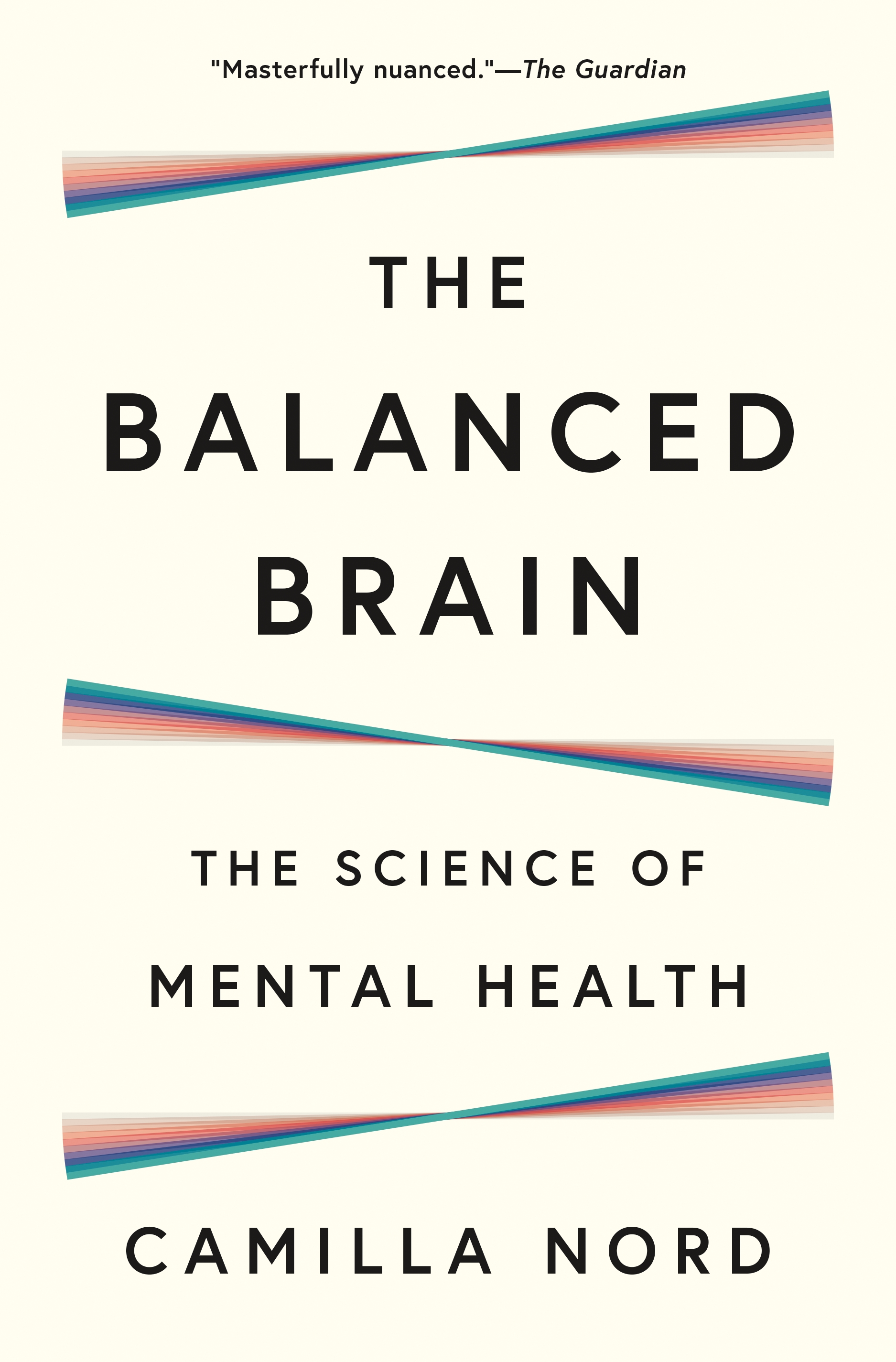Paperback, 296 pages
English language
Published Jan. 23, 2024 by Princeton University Press.

Paperback, 296 pages
English language
Published Jan. 23, 2024 by Princeton University Press.
There are many routes to mental well-being. In this groundbreaking book, neuroscientist Camilla Nord offers a fascinating tour of the scientific developments that are revolutionising the way we think about mental health, showing why and how events—and treatments—can affect people in such different ways.
In The Balanced Brain, Nord explains how our brain constructs our sense of mental health—actively striving to maintain balance in response to our changing circumstances. While a mentally healthy brain deals well with life’s turbulence, poor mental health results when the brain struggles with disruption. But just what is the brain trying to balance? Nord describes the foundations of mental health in the brain—from the neurobiology of pleasure, pain and desire to the role of mood-mediating chemicals like dopamine, serotonin and opioids. She then pivots to interventions, revealing how antidepressants, placebos and even recreational drugs work; how psychotherapy changes brain chemistry; and how the brain and …
There are many routes to mental well-being. In this groundbreaking book, neuroscientist Camilla Nord offers a fascinating tour of the scientific developments that are revolutionising the way we think about mental health, showing why and how events—and treatments—can affect people in such different ways.
In The Balanced Brain, Nord explains how our brain constructs our sense of mental health—actively striving to maintain balance in response to our changing circumstances. While a mentally healthy brain deals well with life’s turbulence, poor mental health results when the brain struggles with disruption. But just what is the brain trying to balance? Nord describes the foundations of mental health in the brain—from the neurobiology of pleasure, pain and desire to the role of mood-mediating chemicals like dopamine, serotonin and opioids. She then pivots to interventions, revealing how antidepressants, placebos and even recreational drugs work; how psychotherapy changes brain chemistry; and how the brain and body interact to make us feel physically (as well as mentally) healthy. Along the way, Nord explains how the seemingly small things we use to lift our moods—a piece of chocolate, a walk, a chat with a friend—work on the same pathways in our brains as the latest treatments for mental health disorders.
Understanding the cause of poor mental health is one of the crucial questions of our time. But the answer is unique to each of us, and it requires finding what helps our brains rebalance and thrive. With so many factors at play, there are more possibilities for recovery and resilience than we might think.